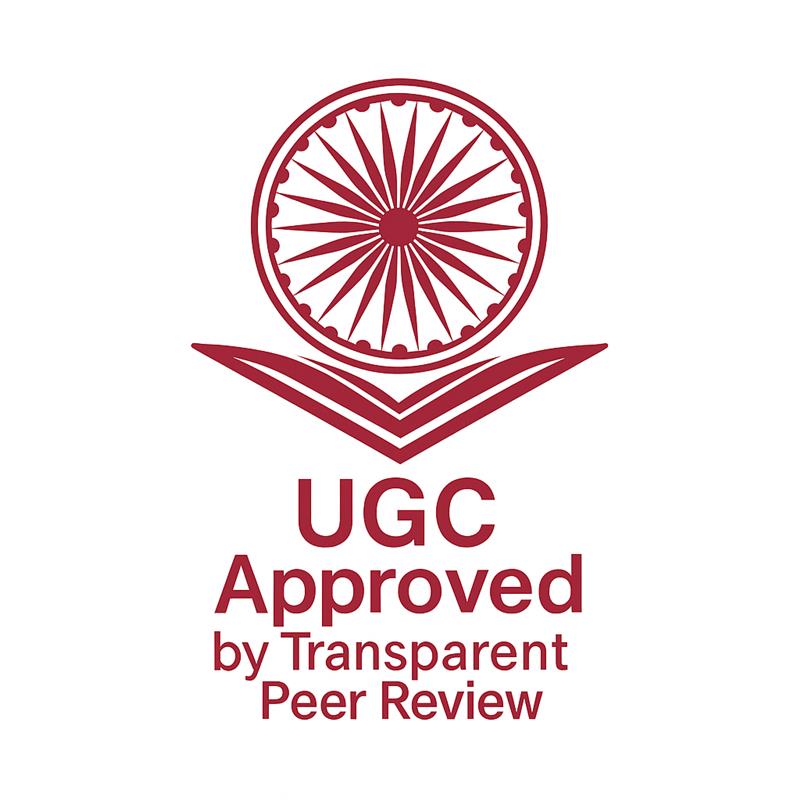Paper Title
Sponge Cities: A Resilient Approach to Urban living for Disaster Management
Article Identifiers
Authors
Keywords
City, Flooding, Sustainable, Urban Planning
Abstract
Abstract : With increasing challenges due to natural disasters, and climate change, "Sponge Cities" has emerged as a ground-breaking solution for effective disaster management. The main goal of building these cities is to limit the impact of floods and increase the overall resilience of urban cities. These cities prioritize sustainable water management, steering away from traditional drainage-centric approaches that often create water scarcity during extreme weather events. Sponge Cities actively absorb water through innovative features like rooftop gardens, permeable roads, rainwater harvesting, and strategically placed blue and green spaces such as ponds, lakes, and parks. These elements prevent flooding and address water scarcity concerns by efficiently storing and distributing water resources. These components absorb rainwater and reduce surface runoff by acting as natural sponges. Green areas also contribute to the visual appeal of urban landscapes, improve air quality, and promote the well-being of city dwellers in addition to flood avoidance. Pioneered by China, Sponge Cities have been successfully implemented in various urban areas, significantly reducing flood risks and creating more livable and sustainable environments. Beyond flood prevention, these cities enhance urban landscapes, contribute to the well-being of people, improve air quality, and reduce the harsh effects of climate change. Residents play a crucial role in transforming their city into a sponge city by actively participating in public awareness and educational initiatives, engaging in community-driven efforts, and supporting public-private partnerships. These collective actions foster a more sustainable and enjoyable urban environment. In summary, Sponge Cities represent a crucial shift in disaster management, offering a sustainable approach to urban planning.
Downloads
How To Cite (APA)
Ar.Seema Malani & Ar.Anup Gaikwad (February-2024). Sponge Cities: A Resilient Approach to Urban living for Disaster Management. INTERNATIONAL JOURNAL OF NOVEL RESEARCH AND DEVELOPMENT, 9(2), b442-b448. https://ijnrd.org/papers/IJNRD2402156.pdf
Issue
Volume 9 Issue 2, February-2024
Pages : b442-b448
Other Publication Details
Paper Reg. ID: IJNRD_213834
Published Paper Id: IJNRD2402156
Downloads: 000122255
Research Area: Environmental EngineeringÂ
Author Type: Indian Author
Country: Kolhapur, Maharashtra, India
Published Paper PDF: https://ijnrd.org/papers/IJNRD2402156.pdf
Published Paper URL: https://ijnrd.org/viewpaperforall?paper=IJNRD2402156
About Publisher
Journal Name: INTERNATIONAL JOURNAL OF NOVEL RESEARCH AND DEVELOPMENT(IJNRD)
UGC CARE JOURNAL PUBLICATION | ISSN: 2456-4184 | IMPACT FACTOR: 8.76 Calculated By Google Scholar | ESTD YEAR: 2016
An International Scholarly Open Access Journal, Peer-Reviewed, Refereed Journal Impact Factor 8.76 Calculate by Google Scholar and Semantic Scholar | AI-Powered Research Tool, Multidisciplinary, Monthly, Multilanguage Journal Indexing in All Major Database & Metadata, Citation Generator
Publisher: IJNRD (IJ Publication) Janvi Wave | IJNRD.ORG | IJNRD.COM | IJPUB.ORG
Copyright & License
© 2025 — Authors hold the copyright of this article. This work is licensed under a Creative Commons Attribution 4.0 International License. and The Open Definition.
You are free to share, adapt, and redistribute the material, provided proper credit is given to the original author. 🛡️ Disclaimer: The content, data, and findings in this article are based on the authors’ research and have been peer-reviewed for academic purposes only. Readers are advised to verify all information before practical or commercial use. The journal and its editorial board are not liable for any errors, losses, or consequences arising from its use.

Publication Timeline
Article Preview: View Full Paper
Call For Paper
IJNRD is a Scholarly Open Access, Peer-Reviewed, Refereed, and UGC CARE Journal Publication with a High Impact Factor of 8.76 (calculated by Google Scholar & Semantic Scholar | AI-Powered Research Tool). It is a Multidisciplinary, Monthly, Low-Cost, and Transparent Peer Review Journal Publication that adheres to the UGC CARE 2025 Peer-Reviewed Journal Policy and aligns with Scopus Journal Publication standards to ensure the highest level of research quality and credibility.
IJNRD offers comprehensive Journal Publication Services including indexing in all major databases and metadata repositories, Digital Object Identifier (Crossref DOI) assignment for each published article with additional fees, citation generation tools, and full Open Access visibility to enhance global research reach and citation impact.
The INTERNATIONAL JOURNAL OF NOVEL RESEARCH AND DEVELOPMENT (IJNRD) aims to advance applied, theoretical, and experimental research across diverse academic and professional fields. The journal promotes global knowledge exchange among researchers, developers, academicians, engineers, and practitioners, serving as a trusted platform for innovative, peer-reviewed journal publication and scientific collaboration.
Indexing Coverage: Google Scholar, SSRN, ResearcherID-Publons, Semantic Scholar (AI-Powered Research Tool), Microsoft Academic, Academia.edu, arXiv.org, ResearchGate, CiteSeerX, ResearcherID (Thomson Reuters), Mendeley, DocStoc, ISSUU, Scribd, and many other recognized academic repositories.
How to submit the paper?
By Our website
Click Here to Submit Paper Online
You can now publish your research in IJNRD. IJNRD is a Transparent Peer-Reviewed Open Access Journal Publication (Refereed Journal), aligning with New UGC and UGC CARE recommendations.
For more details, refer to the official notice: UGC Public Notice
Submit Paper Online
Important Dates for Current issue
Paper Submission Open For: December 2025
Current Issue: Volume 10 | Issue 12 | December 2025
Impact Factor: 8.76
Last Date for Paper Submission: Till 31-Dec-2025
Notification of Review Result: Within 1-2 Days after Submitting paper.
Publication of Paper: Within 01-02 Days after Submititng documents.
Frequency: Monthly (12 issue Annually).
Journal Type: IJNRD is an International Peer-reviewed, Refereed, and Open Access Journal with Transparent Peer Review as per the new UGC CARE 2025 guidelines, offering low-cost multidisciplinary publication with Crossref DOI and global indexing.
Subject Category: Research Area
Call for Paper: More Details
Approval, Licenses and Indexing: More Details

 :
: 




